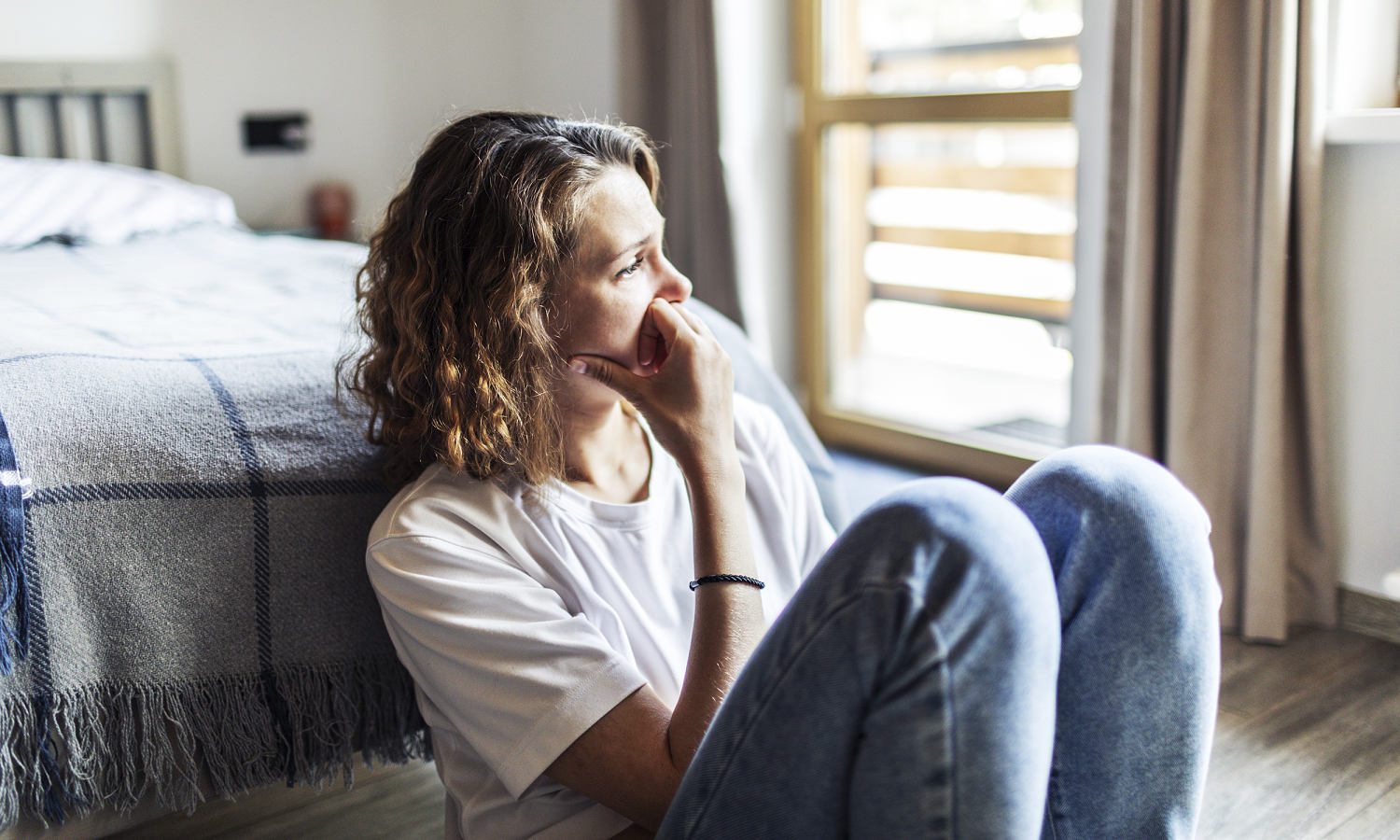When May arrives, Lindsey Smith withdraws. She skips picnics, hikes, vacations and pool days. Sometimes she just sits on her couch in the air conditioning.
When people invite her out, she often declines. If she goes to an event, she wants to leave immediately. “I just call it ‘going dark.

’ In June, I just go dark. It is really difficult for me. I feel like I have to do so much more to maintain,” Smith, 30, an author in Pittsburgh, tells TODAY.
com. “I started saying ‘I hate summer,’ but I was struggling with in the summer.” Seasonal depression, otherwise known as (SAD), is a type of depression that is caused by changing seasons.
Most know about wintertime SAD, when people feel depressed during the dark, cold winter months. But there’s a smaller group of people who experience this when the days are warmer and longer. “It is a thing.
It is not as common as winter SAD,” Kathryn Roecklein, an assistant professor of psychology at the University of Pittsburgh, told TODAY. “We don’t have a lot of research on summer SAD.” Yet, there are several theories explaining why seasons influence depression.
In winter, not being exposed to enough sunlight and UV rays changes the body’s internal clock, the , and that causes some people to experience depression. This is well understood, Roecklein said. The mechanism behind summertime SAD is less understood, but likely still relates to how sun and UV light contribute to how people feel.
“Heat, sun and UV exposure limit people’s ability to engage in pleasant activities,” she said. “It reduces your positive mood and increases depression.” Julie Wolfe relates to this theory.
For 22 years she lived in Los Angeles and felt miserable with so many sunny, hot days. “I was just (miserable). I could not help it,” the 47-year-old screenwriter tells TODAY com.
“I have no patience. I am short tempered. I just kind of lose my chill.
” Wolfe never went to the beach and only took her son to Disneyland when it rained. She finally moved to Connecticut because she craved dark, cooler weather. “I feel like we are living our natural lives and not stuck inside with air conditioning for eight months,” she said.
People with summertime SAD often experience similar symptoms as those with winter SAD or clinical depression, such as losing interest in fun activities, feeling down, hopeless or worthless and struggling to concentrate. “There can be sleep disruptions paired with increased anxiety, and some people, due to increased irritability and agitation, may be more angry, aggressive,” , Psy.D.
, a clinical psychologist and founder and executive director of Ascension Behavioral Health pattern, tells TODAY.com. Other more common summertime SAD include: For Smith, eating during the summer feels tough.
The thought of eating hot food turns her stomach. Recently, she started eating more raw vegetables and smoothies just so she’s consuming something. “I don’t want to cook.
It is just another heat element,” she said. “So I try to think of different ways of eating.” While experts understand that SAD occurs in the summer, many people experiencing it do not think they “should” be depressed in warm months.
This might cause them to force themselves to do things they won’t enjoy. But it also creates a bigger problem: They don’t ask for help. “There is probably the ‘Hey I shouldn’t be feeling this way’ that would definitely be inhibiting them seeking out and getting treatment,” Dr.
Thea Gallagher, clinic director at the Center for Treatment and Study of Anxiety in the Perelman School of Medicine at the University of Pennsylvania, tells TODAY.com. “It’s important to be attuned to yourself in order to notice these types of differences and patterns over the years that are related to changes in temperature and changes in daylight hours,” says Abrams.
As a starting point, you might develop some strategies to regulate your mood, including consistent sleep, adequate nutrition and vitamin intake — particularly which is linked to mood shifts. These small changes, says Abrams, will “help manage changes in your serotonin levels in the brain and your melatonin hormone,” which works with your circadian rhythm, per the . “I’d always recommend a therapist or therapeutic tools like meditation, movement, maintaining healthy relationships; the same tools and skills that are helpful for less specific clinical depression,” Abrams says.
While SAD isn’t’ a medical diagnosis, she explains, there’s plenty of crossover between treatments including psychotherapy, antidepressants, nutrition and lifestyle changes, and light and hormone therapy. “The first step is just accepting that this is something that people experience. Like all mental health, sometimes we don’t control when we feel certain ways,” Gallager adds.
What makes summertime SAD more complicated is there’s a pressure that comes with longer days during the summer so people feel like they have to participate even when they don’t feel up for it. “There are these implied expectations and people aren’t talking about the challenges,” Gallagher says. “You can feel isolated and alone when everyone is having fun.
” Smith hopes that awareness will help others like her. “I do think there is definitely more of a stigma to summertime depression,” Smith said. “The more people that talk about it, the more it will give more people permission to get the help they need and know they are not alone.
” Meghan Holohan is a digital health reporter for TODAY.com and covers patient-centered stories, women’s health, disability and rare diseases. Health Reporter/Editor.


















